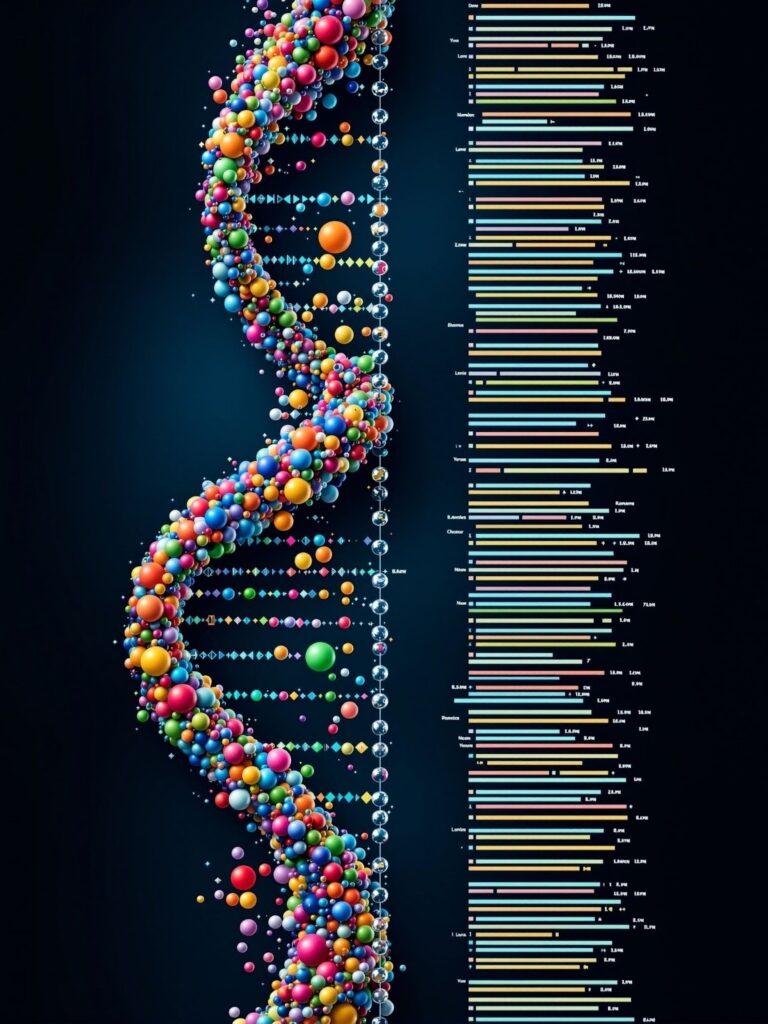
There’s something deeply fascinating about knowing where you come from the stories, struggles, and triumphs that shaped your family long before you were born.
Genealogy the study of family history used to mean dusty archives and handwritten records. Today, it’s a modern, tech-enabled adventure that anyone can start from home.
Whether you’re curious about your great-grandparents, tracing your surname, or exploring your cultural roots, this guide will help you begin your journey step by step.
And the best part? With modern tools like YourRoots.com, getting started has never been easier.
Why Genealogy Is More Than Just a Hobby
For many people, genealogy begins with a simple question: “Where did my family come from?” But what you discover along the way often becomes much more than names on a chart.
Family history gives us perspective — it reminds us that every generation faced challenges and made choices that led to you.
It’s a journey that combines curiosity, science, and emotion.
And thanks to today’s technology, you don’t need to be a historian to uncover your roots — just someone with an internet connection and a sense of wonder.
Step 1: Start with What You Know
Every great story begins at home.
Before you dive into online searches or DNA tests, start by gathering information you already have:
- Full names, birth and death dates, and marriage records.
- Family photos, letters, or certificates.
- Conversations with parents, grandparents, or relatives who might recall stories or origins.
Create a simple document or spreadsheet — it doesn’t need to be perfect.
This will form the foundation of your family tree.
Remember: the smallest detail (a maiden name, a birthplace, a sibling’s name) can later unlock entire branches of your ancestry.
Step 2: Go Digital with Your Findings
Once you’ve gathered the basics, move your notes online. That’s where the real fun begins.
Platforms like YourRoots allow you to upload your existing information, import a GEDCOM file, or even connect your DNA results from Ancestry, 23andMe, or MyHeritage.
YourRoots is designed for beginners — but built with powerful tools under the hood. Its AI-powered research engine automatically searches historical databases, matches records, and even suggests potential ancestors.
In other words: it does the heavy lifting for you.
Step 3: Use Technology to Discover More
Genealogy used to take years of manual research. Today, it takes minutes.
Here’s what modern tools like YourRoots can do for you:
- AI Ancestry Finder: Automatically identifies possible ancestors and relatives based on data patterns.
- Interactive Family Tree Map: Visualizes your ancestry across countries and generations — a beautiful way to see your family’s journey.
- DNA Integration: Combine your genetic data with historical archives to uncover new connections.
- Source Matching: Find verifiable records linked to your ancestors’ names.
Even if you’re not tech-savvy, these features make exploring your roots intuitive and fun.
Step 4: Verify, Cross-Check, and Document
The more data you uncover, the more you’ll want to confirm its accuracy.
Always verify sources before adding them to your family tree. Official records, census data, and old newspapers are great for cross-referencing details.
YourRoots makes this process easier by linking each AI-discovered record to its original source — helping you build a verified family history rather than a guess-based one.
Tip: Keep track of where every piece of information comes from. Think of it like citing your family’s biography.
Step 5: Visualize and Share Your Story
One of the joys of genealogy is seeing your family story come alive.
YourRoots’ Family Tree Map turns static records into dynamic visuals — tracing migrations, marriages, and generations across time and geography.
Share your discoveries with relatives — it often sparks incredible conversations.
You might find that an aunt remembers a forgotten cousin, or that an old photograph suddenly makes sense when placed in the timeline of your tree.
Step 6: Keep Exploring — It’s a Lifelong Journey
Genealogy is never really “done.”
The more you dig, the more branches you find — and every answer leads to new questions.
You might uncover links to historical events, famous figures, or even unexpected places your family once called home.
Many YourRoots users describe the process as addictive — not because it’s hard, but because it’s deeply meaningful.
It’s like assembling the puzzle of your own identity.
Common Genealogy Mistakes (and How to Avoid Them)
Even with great tools, beginners can make a few simple missteps. Here’s how to stay on track:
- Don’t assume every match is correct. Verify before confirming relationships.
- Avoid skipping generations. Build logically, one step at a time.
- Document as you go. Notes today save confusion later.
- Use photos, maps, and timelines to give your tree depth and context.
Think of it like writing code: accuracy and structure matter.
Why Now Is the Best Time to Start
We live in a golden age of genealogy.
Between AI, digitized archives, and DNA testing, discovering your roots has become more accessible than ever before.
And while your ancestors’ world might have been defined by distance and letters, yours is defined by data and connection.
You can explore centuries of family history — right from your phone.
That’s the power of technology meeting tradition.
Final Thoughts
Your story didn’t begin with you — it began hundreds of years ago, across countless generations.
Exploring that story doesn’t just tell you who your ancestors were; it helps you understand who you are.
Whether you’re chasing a family legend, curious about your heritage, or just love solving mysteries, genealogy is one of the most rewarding journeys you can take.
Start your story today with YourRoots.com — where AI and history come together to reveal the generations that built you.